
Malaria. Tuberculosis. HIV/AIDS. These diseases are known as the “Big Three” by health experts. They’re the ones in the news, the ones that NGOs and governments and philanthropists spend millions of dollars fighting.
But there’s a global public health crisis underway that’s even bigger than the Big Three: “neglected tropical diseases,” or NTDs. By United Nations estimates, as many as one in five people in the world are affected by them. Yet, as the name implies, they receive relatively little attention or funding compared to the Big Three.
There are 20 diseases that the World Health Organization counts as NTDs:
The NTDs aren’t all the same kind of disease. But beyond all being neglected and tropical (to some extent—they’re found in some other climate regions as well), they do have other similarities. A lot of them overlap in their causes or transmission methods, and they’re overwhelmingly diseases of poverty. Individual NTDs may not each constitute a serious issue on their own, but, taken together, they represent a vast health threat to the poorest rural communities on every continent (except Antarctica).
In 2000, when the United Nations laid out its Millennium Development Goals, one of the eight was “to combat HIV/AIDS, malaria, and other diseases.” Tropical diseases researcher Peter Hotez was dismayed: “Believe it or not, you didn't see Bono and Angie Jolie taking on ‘other diseases.’” He coined the “neglected tropical diseases” label in 2006, as a campaigner as much as a scientist, and co-founded an academic journal with a group of other frustrated researchers to popularize the term.
Can we put a number on how neglected the NTDs are? We can try:
This graph shows the R&D funding that some of the NTDs, as well as the “Big Three,” have received internationally since 2007, charted against a statistical measure called the “disability-adjusted life years,” or DALYs. (Note that the scale is logarithmic.)
The DALY mashes together the different effects of a disease, factoring in not just the percentage chance of death, but things like the burden of living with a chronic disability after the infection is gone. The end result is what you see above: NTDs receive far less funding than the “Big Three,” though their impact on human health is also relatively lower per individual disease. It’s only collectively that they begin to compare to the Big Three.
It’s hard to put firm numbers on the NTDs, however. When putting this story together, we had trouble getting hold of reliable data that was comparable across diseases. Many countries fail to effectively track NTDs, and the list of 20 diseases is regularly added to—and each new addition tends to lack solid historical data. The NTDs aren’t equally neglected when it comes to funding, and it can be hard to separate out NTD funding from other diseases because some drugs work on multiple diseases at once. This is a global public health crisis where the total magnitude is easiest to see in abstracted statistical measures like school test scores—it’s difficult to grasp when you zoom out.
Which countries are most affected?
NTDs can spread quickly and efficiently anywhere where there’s extreme poverty—places with inadequate housing, dirty water, or poor sanitation. That’s as true of poorer countries as it is of poorer areas within wealthier countries. It’s estimated that 12 million Americans are currently infected with parasitic worms transmitted through contact with infected soil, for example. The best defences against NTDS are access to clean water, indoor plumbing, and basic medical care, though there are other social factors at play, like the stigma that many people feel about coming forward with their symptoms, or the geographic isolation of many affected communities.
But there’s good news—the decision to rebrand NTDs as a collective problem has actually worked:
The WHO convened its first major meeting to tackle NTDs in 2007, and the tipping point was in 2012, with the London Declaration on Neglected Tropical Diseases, signed by governments, pharmaceutical companies, and large NGOs. Pharmaceutical companies agreed to donate two to three billion dollars’ worth of drugs through 2020, providing close to a billion people per year with access to free treatment.
In the past decade, the estimated number of people requiring treatment each year has begun to fall, dropping from about 2 billion in 2010 to about 1.6 billion in 2015. The current plan is to eliminate six of the NTDs—guinea-worm disease, yaws, trachoma, sleeping sickness, leprosy, and lymphatic filariasis—by 2020, with a combination of donated medicines and programs to target and eliminate the creatures that carry and transmit the diseases. The efforts against Guinea-worm disease have been perhaps the most successful; experts believe that the eradication of the disease is now only a matter of time.
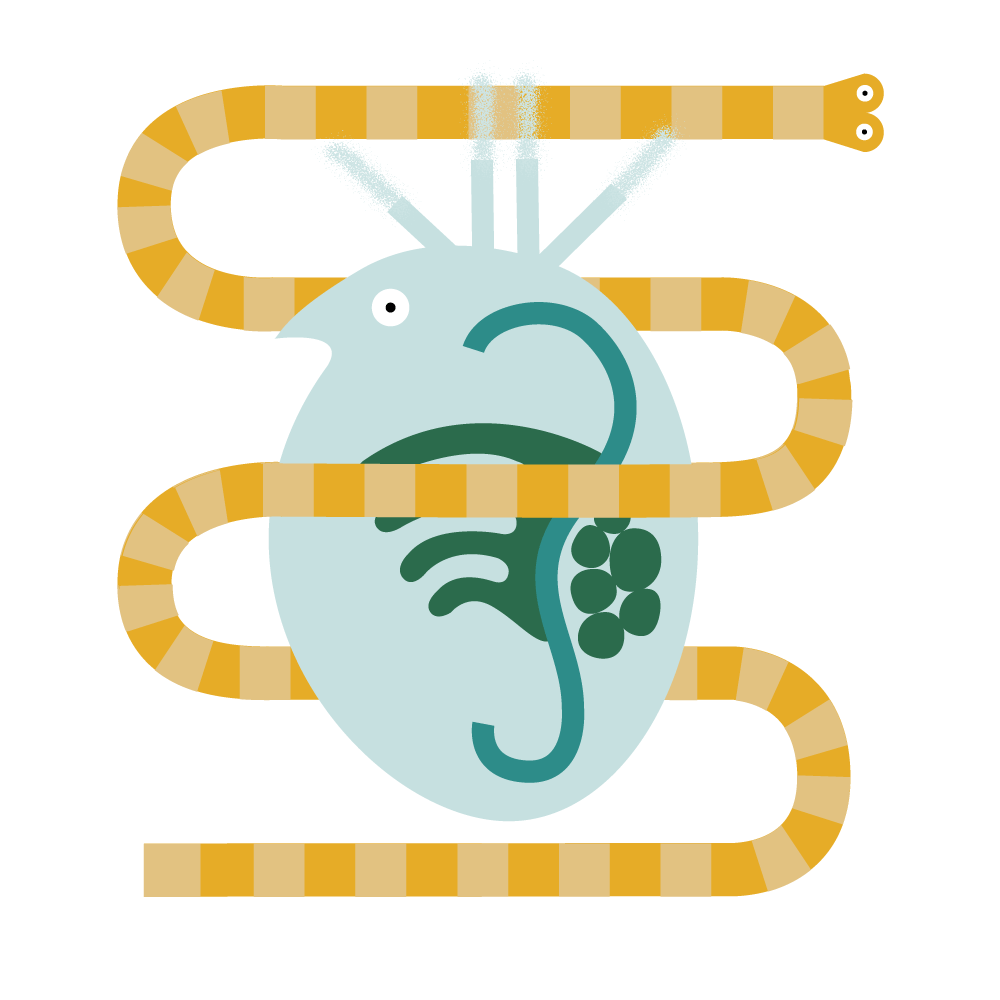
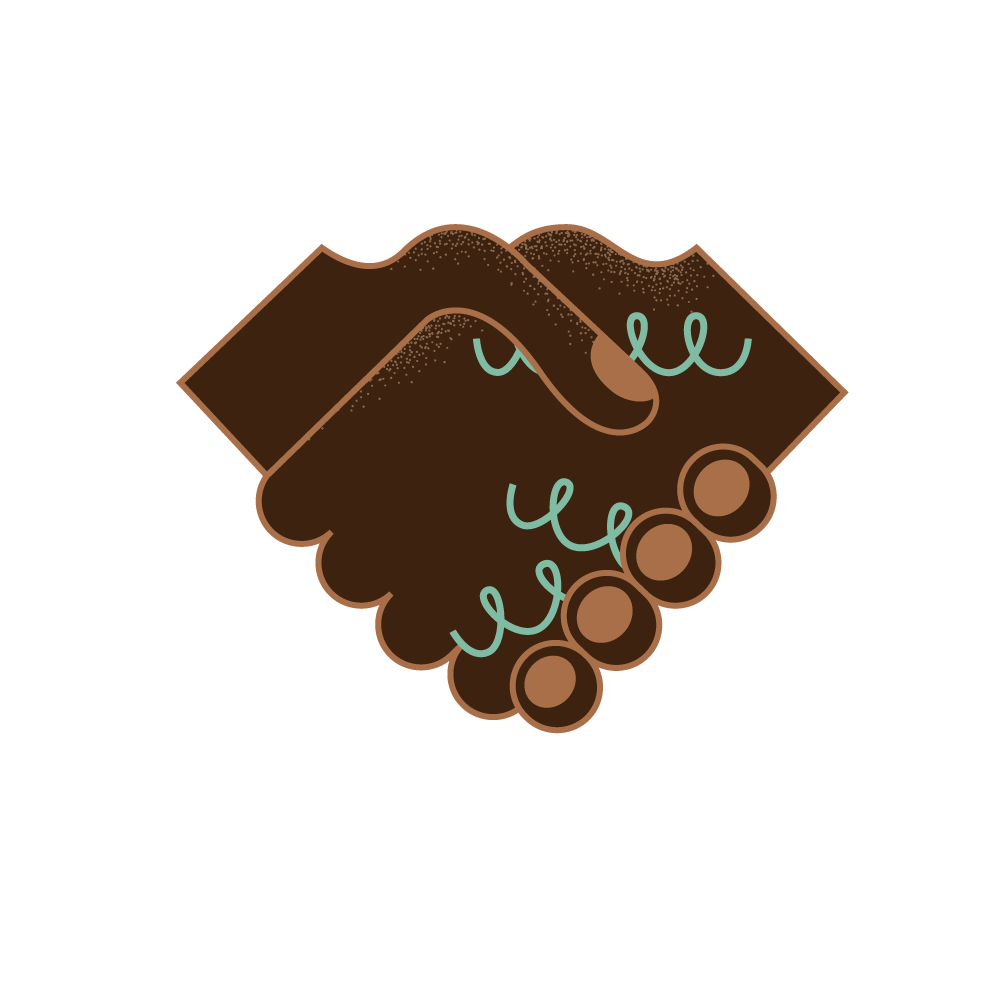
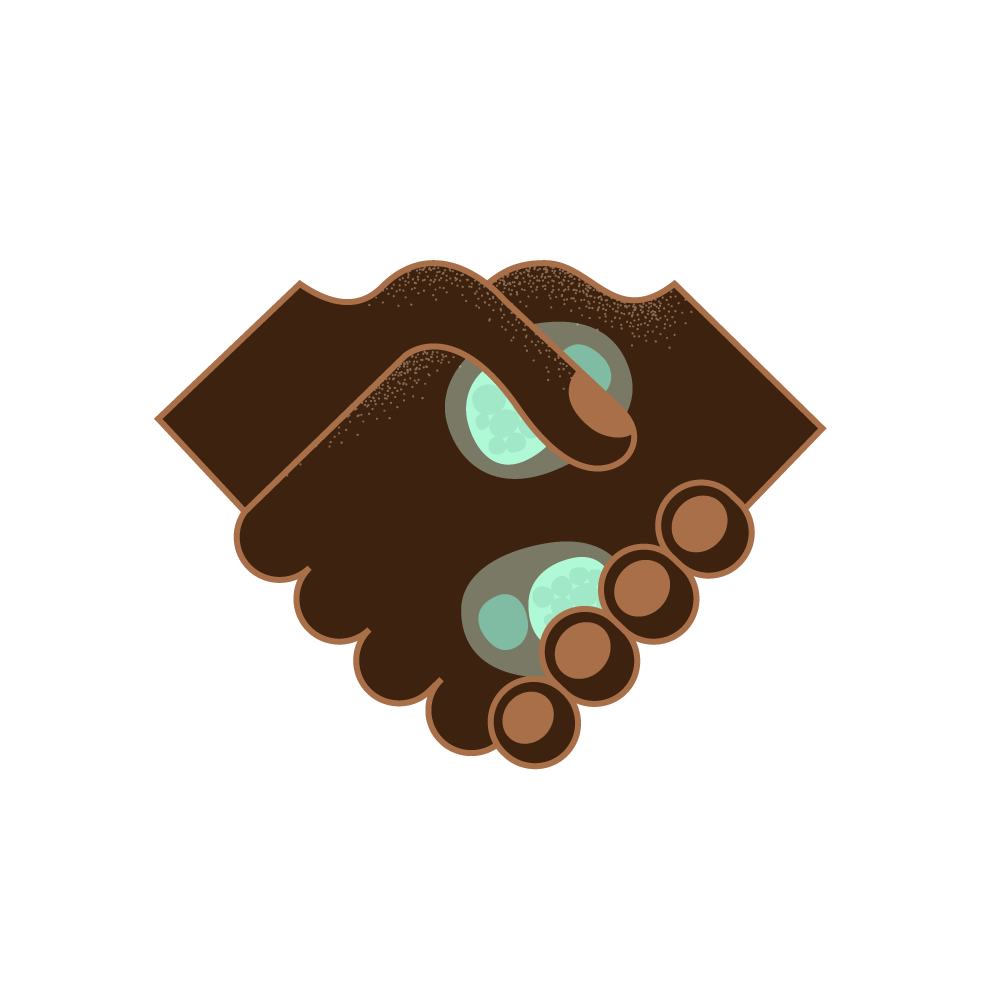
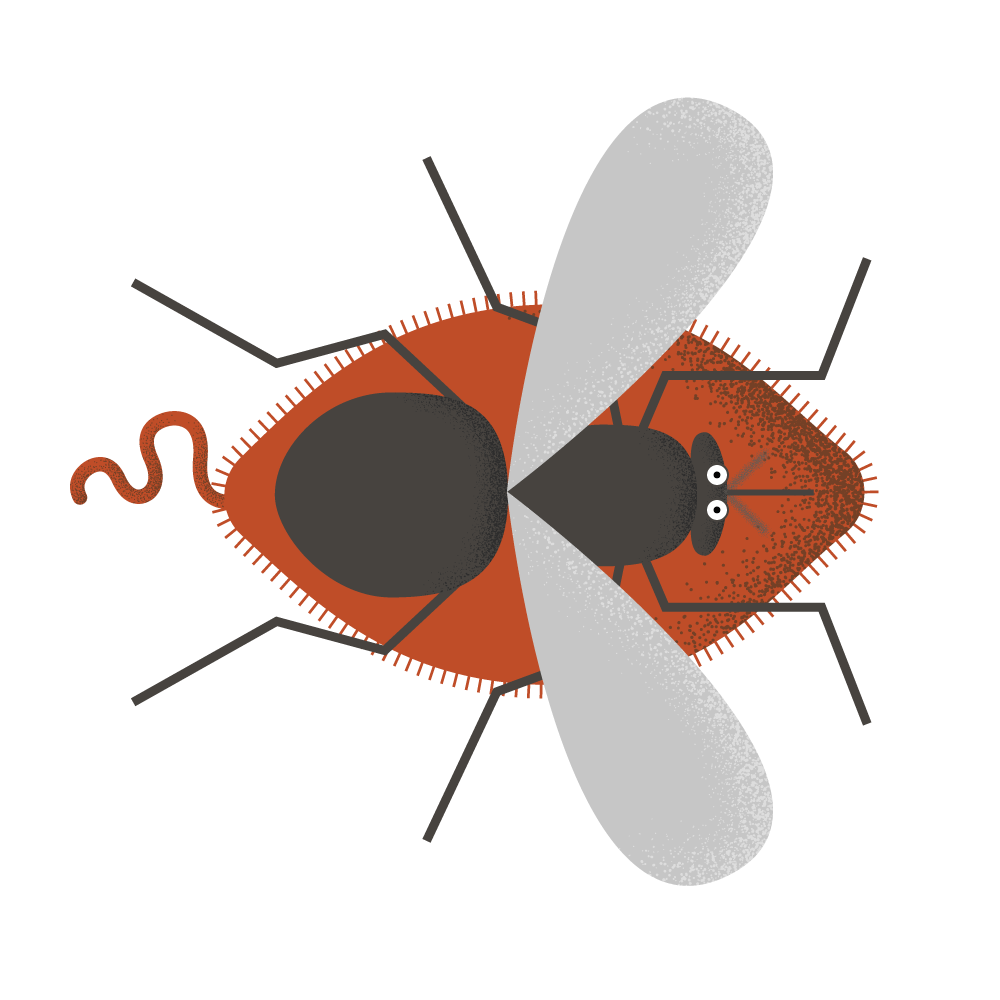
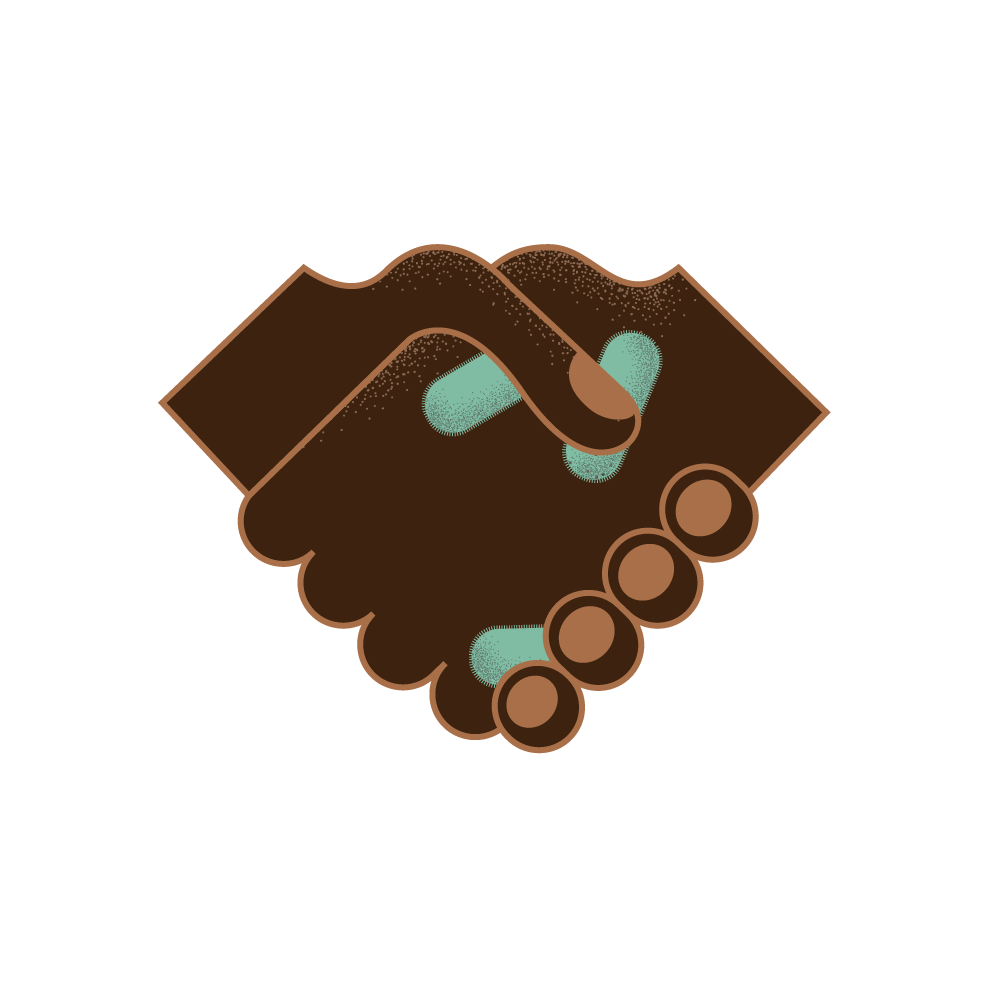
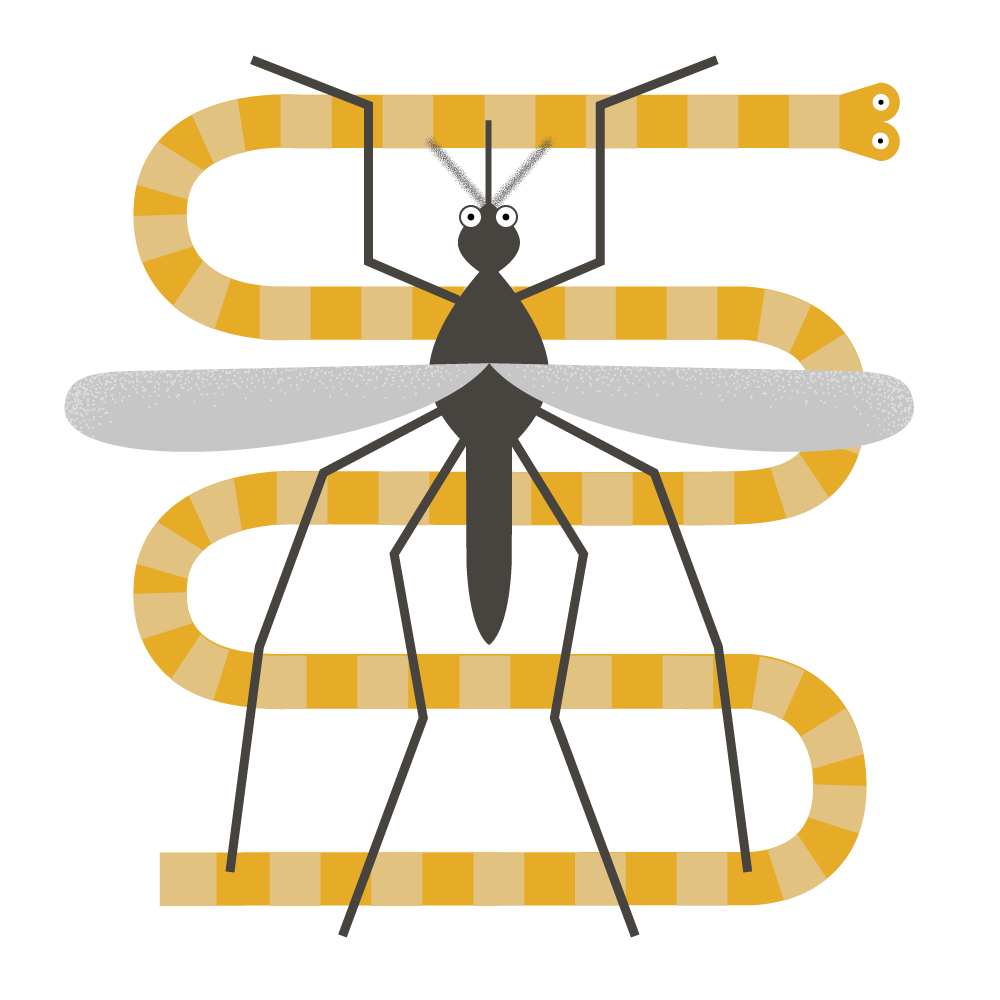
It’s not as simple as fighting something like polio, where vaccination programs can create long-term immunities. NTDs are still diseases of poverty. Sustained programs for addressing problems around water supply, sanitation, nutrition, and housing will have a far bigger long-term effect on NTDs than donated pills ever can. You can distribute drugs every year, but the only surefire, permanent “cure” is to solve poverty.
This visual explainer was created in D3v4.js and MapboxGL, by Duncan Geere, Eden Brackenbury, and Ian Steadman. Find the source code on Github.

The Thin Layer is a podcast about dirt, from How We Get To Next.
How We Get To Next was a magazine that explored the future of science, technology, and culture from 2014 to 2019. Our interactives explored everything from neglected tropical diseases to government data breaches.